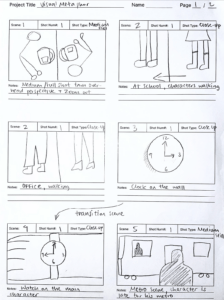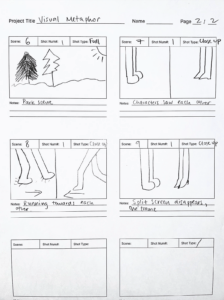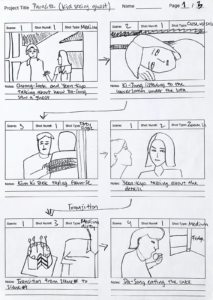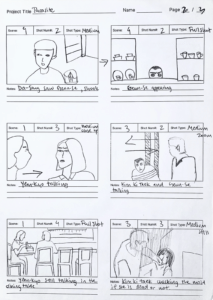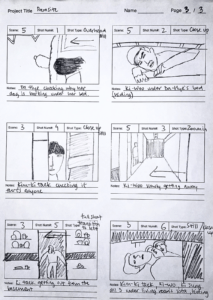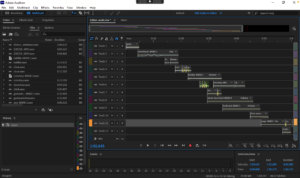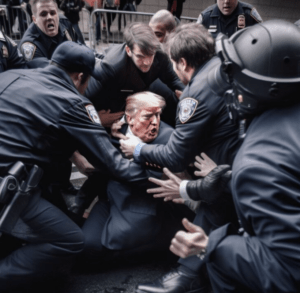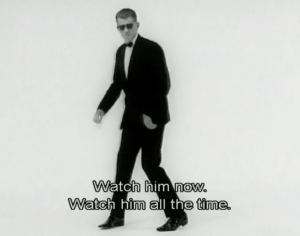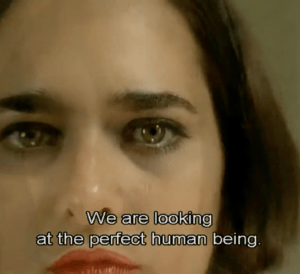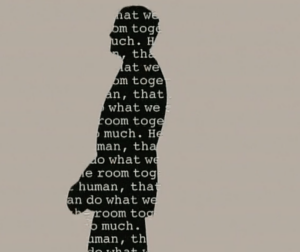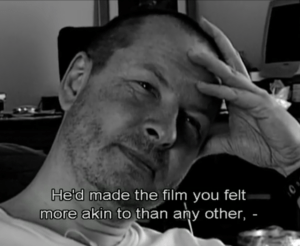Project Title: “No title yet”
Team Members: David and Ninj
1). What is the piece (article, poem, story) for the narrative voice-over? Or who are you going to interview? – We will narrate our own story in Korean or Spanish, as we’ve already built our storyline.
2). What’s the story about? – The story is about how the two main characters live in the same timeline but keep barely missing each other by one step, and end up meeting each other to show everything has its timing. Though the characters had the chance to bump into each other, they never do, because they were destined to meet each other at the end as perfect timing.
3). Which part of the story are you going to focus on? – Our main focus will be the ending of the story where two characters finally meet each other and how the split screens turn into one frame and one scene.
4). What kind of style/aesthetics are you going to pursue? – We will be using the split-screening technique, while also colour-grading each scenes differently to express that the time is passing.
- Execution Plan:
1). What equipment are you going to use when shooting the movie? – We will be using both a DSLR camera and phone camera as well as a microphone (tascam), stabilizer and tripod.
2). Which locations will it be shot at? When is it? Daytime/night/unknown? Why? – Daytime at school, metro, office – to show the time is passing. For example from high schoolers to office workers.
3). What are some challenges you might encounter and how will you prepare? – We think our main challenge will be the editing part as we will be using split screens. Therefore, we went through a lot of short films and videos that use the split-screening technique as well as tutorial videos.
4). How will you collaborate? How will you divide work? – We will mostly work together on editing. I don’t think dividing our work will be beneficial for our project as we need our opinion and help from each other on every step of the process.
Storyboard draft: 